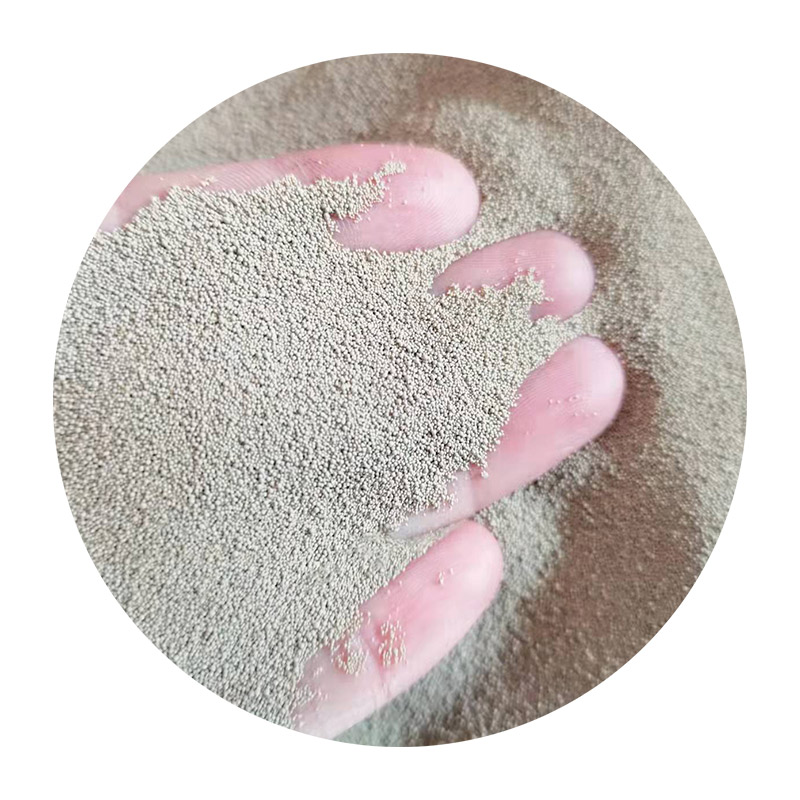The Importance of Sanding 3D Prints A Comprehensive Guide
3D printing has revolutionized the way we create objects, but it often comes with certain challenges that require additional post-processing techniques. One of the most critical steps in enhancing the quality of a 3D-printed object is sanding. Although this step may seem trivial, proper sanding can drastically improve the aesthetics, functionality, and overall quality of your prints. In this article, we will delve into the importance of sanding 3D prints, the tools required, and some useful techniques.
Why Sanding is Essential
1. Surface Finish One of the primary reasons for sanding 3D prints is to achieve a smooth and professional-looking surface finish. Most 3D prints, especially those made with FDM (Fused Deposition Modeling) technology, tend to have visible layer lines. Sanding helps to minimize these lines, resulting in a smoother surface that is more visually appealing.
2. Enhancing Detail Sanding can also enhance the intricate details of your model. By smoothing out rough areas, you can bring out the finer features of the print, making it look closer to the original design. This is particularly important for models that have a lot of fine details, such as figurines or architectural models.
3. Improved Adhesion for Painting If you plan to paint your 3D prints, sanding is crucial for ensuring better paint adhesion. A rough surface may cause the paint to flake or peel, leading to a subpar finish. Sanding creates a texture that paint can grip onto, resulting in a more durable and aesthetically pleasing finish.
4. Functionality In some cases, sanding may improve the functionality of a part. For instance, a printed part designed to fit with another component may require sanding to ensure a proper fit. This is especially important in mechanical assemblies where precision is key.
Tools and Materials for Sanding
Before you dive into sanding your prints, it’s essential to gather the right tools and materials
. Here are some items you may need- Sandpaper Obtain a variety of sandpaper grits ranging from coarse (around 80-120 grits) to fine (220 grits and higher). Coarse grit is suitable for taking down a lot of material quickly, while fine grit will help achieve a smooth finish.
- Sanding Sponges These are especially useful for curved surfaces and complex geometries, as they can easily conform to different shapes.
sanding 3d prints

- Files For hard-to-reach areas or for more precise work, a set of files can be incredibly handy.
- Water Wet sanding (using water along with sandpaper) can prevent dust from getting airborne and can also lead to even smoother finishes.
Techniques for Effective Sanding
1. Start with Coarse Grit Begin sanding with a coarser grit to remove the most noticeable layer lines. Focus on flat areas first, then move on to curves and edges.
2. Sand in Circular Motions When sanding, use circular or back-and-forth motions rather than sanding straight lines. This helps to reduce the chance of creating flat spots or grooves in your print.
3. Progress to Finer Grits Once the surface is adequately smooth with coarse sandpaper, switch to finer grits. This will refine the finish and help eliminate any scratches left by the coarser grit.
4. Inspect Frequently After sanding, take a moment to inspect your work. This will help you identify any areas that may require further attention.
5. Clean the Surface After sanding, always clean the surface of your print to remove dust and debris. You can use a soft brush or cloth, or even rinse it under water if you've used wet sanding.
Conclusion
Sanding may be an additional step in your 3D printing process, but its benefits are undeniable. From improving the surface finish to enhancing functionality, this simple yet effective technique can make a significant difference in the quality of your prints. By understanding the importance of sanding and employing the right tools and techniques, you can elevate your 3D printing projects to new heights. So next time you finish a print, don’t forget to grab that sandpaper and get to work!
Post time:کانونی یەکەم . 05, 2024 14:17
Next:what type of sand is used in sand casting
